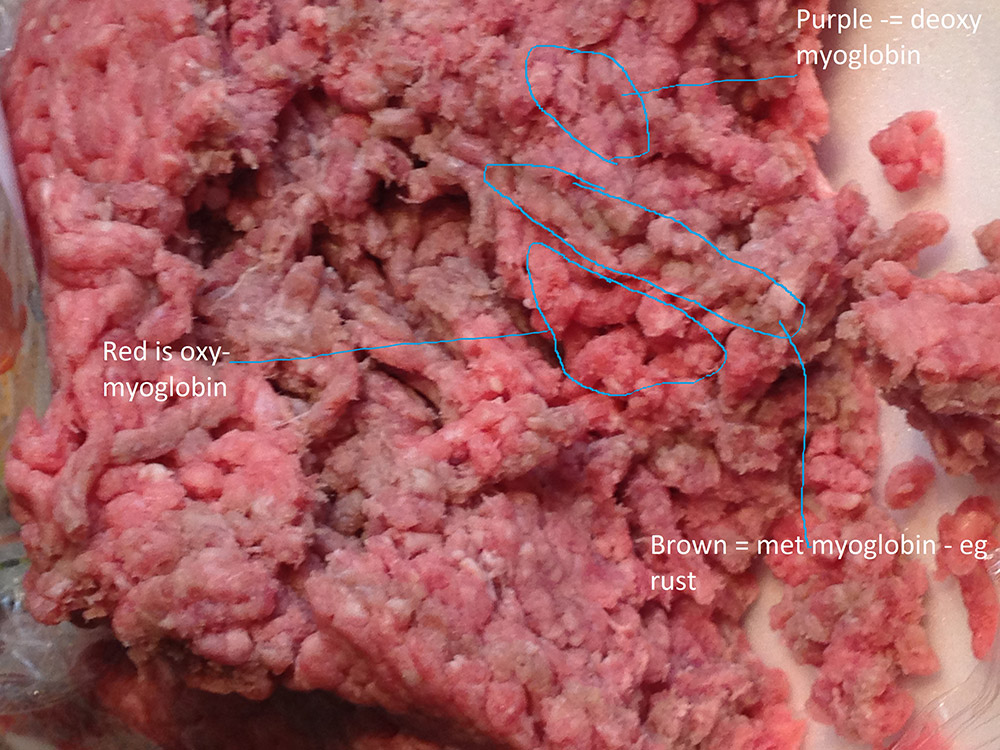The month of May is designated as Older Americans Month and is a time to celebrate all the contributions that older adults have made to our country. Here at FSIS, we are celebrating Older Americans Month by highlighting food safety for older adults.
Adults 65 and older are at a greater risk for hospitalization and death from infections. As our bodies grow older, there are many changes in our organs and body systems that can make us more susceptible to contracting infections, such as foodborne illness. According to the CDC, the foodborne pathogens with the highest hospitalization rates among older adults are Listeria, E. coliO157:H7 and Salmonella. With weakened immune systems, infections from these pathogens have the potential to be fatal. To avoid contracting a foodborne illness, older adults must be especially careful when handling, preparing and consuming foods.
As part of its ongoing efforts to minimize older adults’ risk for foodborne illness, FSIS is planning to reach out to organizations that serve older adults, such as the National Council on Aging, to provide food safety education information for their members. FSIS has two publications that offer valuable food safety advice for older adults: “Food Safety for Older Adults” and “To Your Health! Food Safety for Seniors.” Since many older adults and caregivers of older adults are active on social media, FSIS will be sharing our new “Baby Boomers and Food Safety” infographic on Twitter and Facebook. Organizations that serve older adults are encouraged to share our messages.
Consumers of all ages can take advantage of our many other food safety resources. The FoodKeeper app is a new application, available for Android and iOS products, that offers storage advice on over 400 food and beverage items. The USDA Meat & Poultry Hotline also has food safety experts available to answer questions Monday through Friday from 10:00 a.m. – 4:00 p.m. ET. Consumers can also submit questions and chat live with food safety experts at AskKaren.gov.
United States Department of Agriculture: Food Safety and Inspection Service

